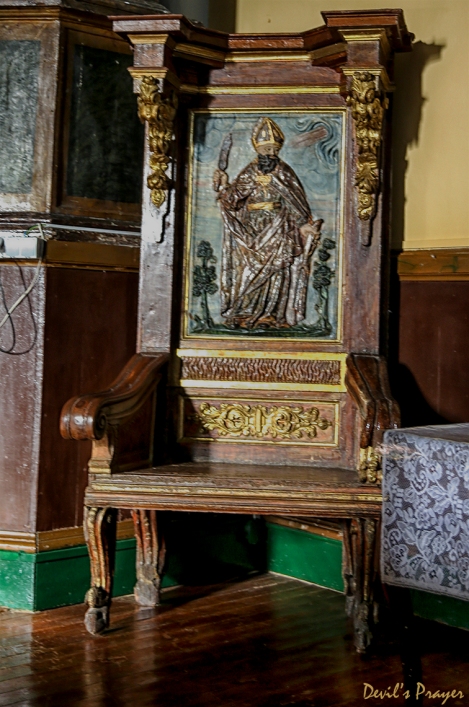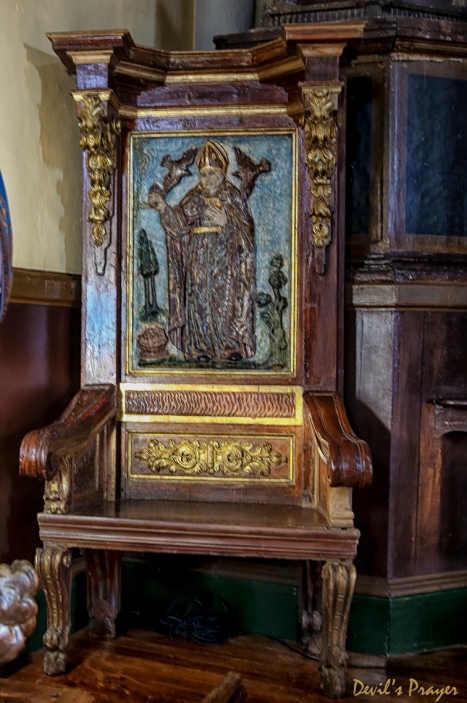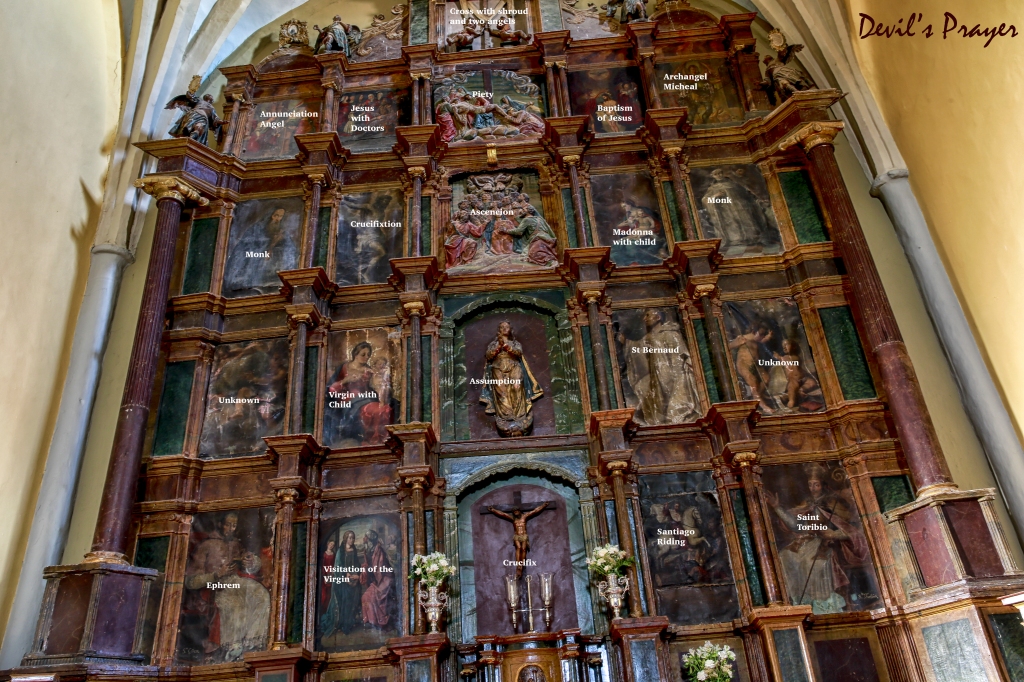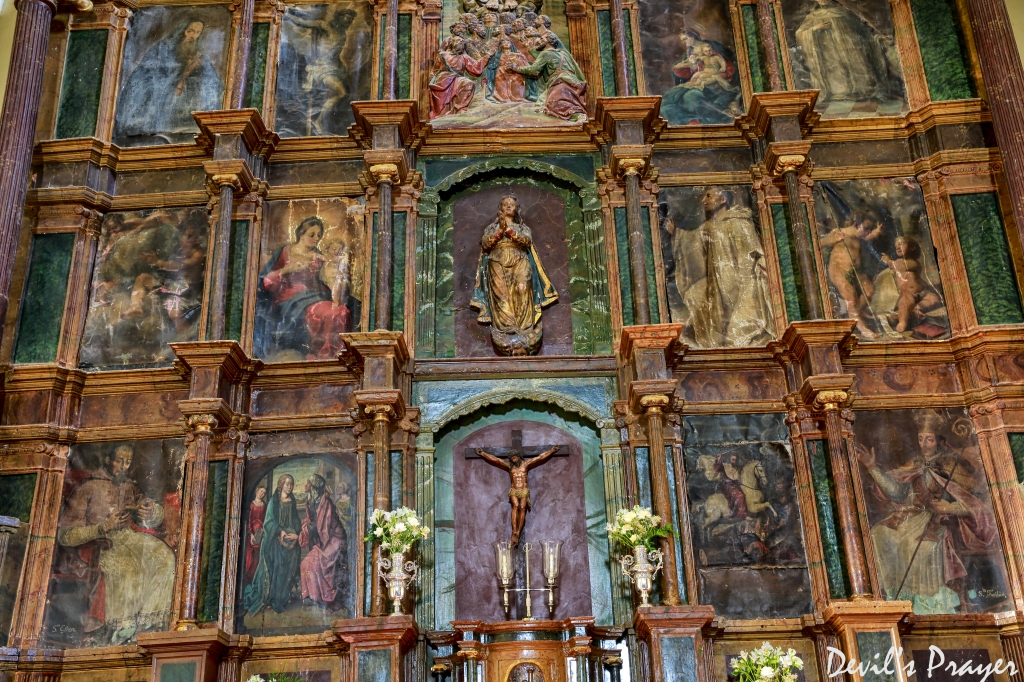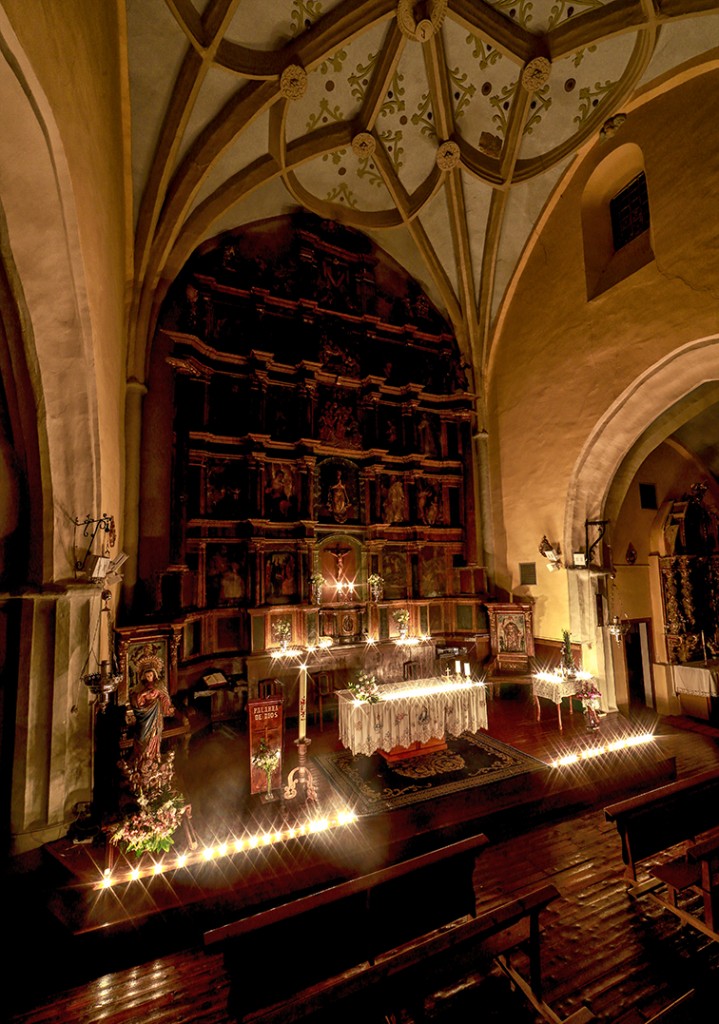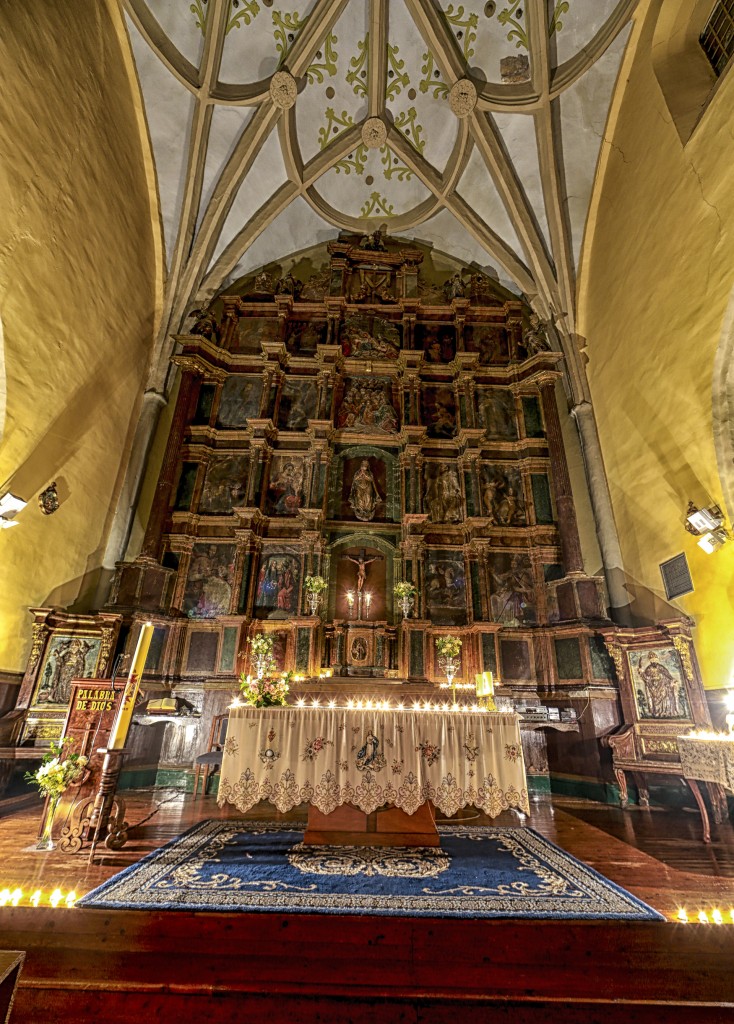The small village of Villafáfila is some forty kilometres north of Zamora, fifteen kilometres east of the Moreruela Monastery, and has a population of approximately 500 people. Whilst in its prime the small town of Villafáfila boasted many churches, today only one, the Church of Santa Maria del Morel, survives. The church has been described as a gothic church built by Moorish craftsmen.
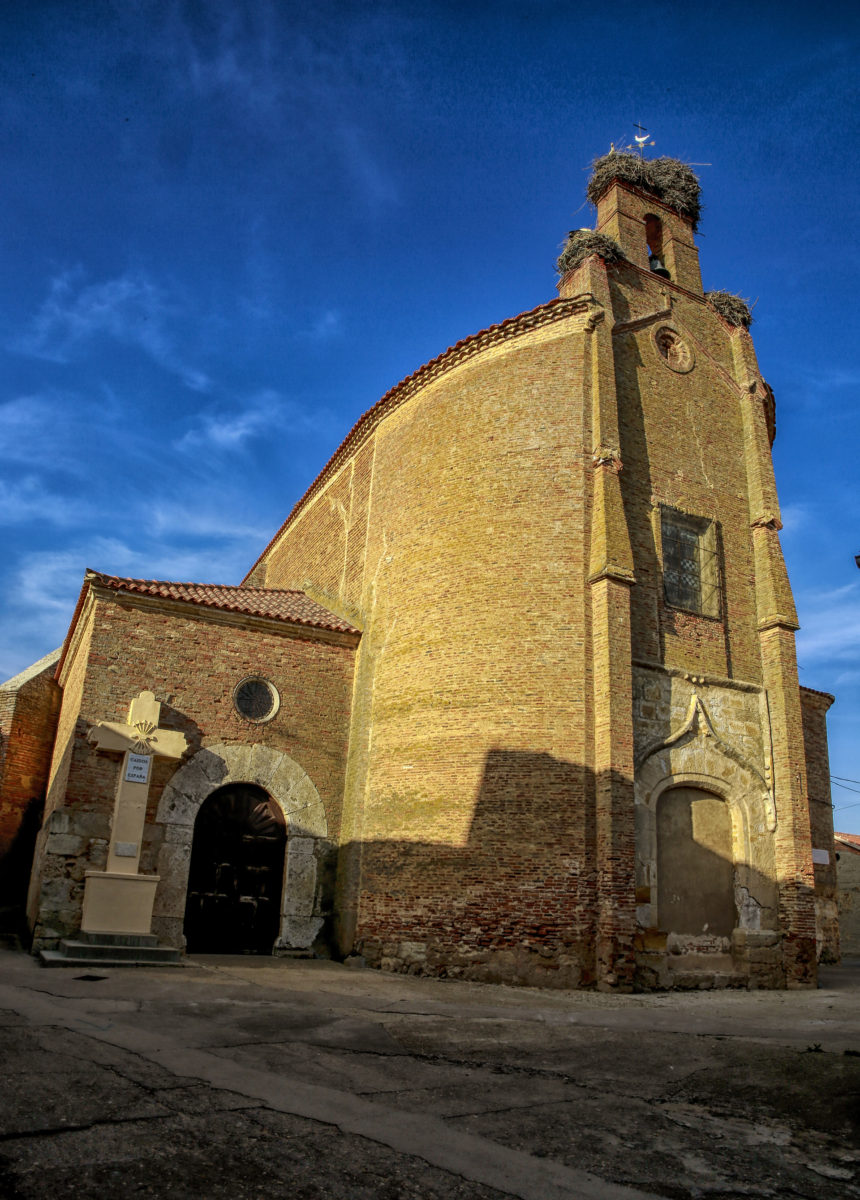
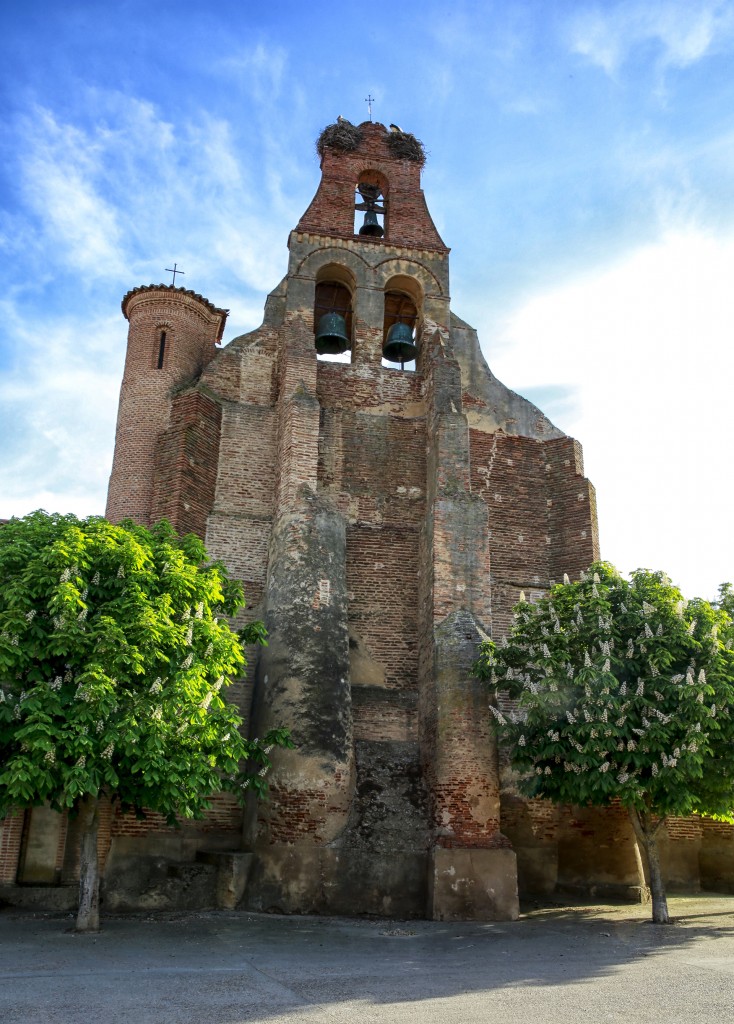
The Church of Santa Maria del Morel was first documented in 1147, around the same time the Moreruela Monastery was being established by the Benedictines. In 1162, Pope Alexander III, by papal bull, at the request of the bishop of Astorga D. Fernando, took under his wing all the properties of the diocese, including those held in Villafáfila.
On 11 August, 1201, King Alfonso IX of León, his wife Ms. Begenguela, and his son Fernando, future king of Castile and Leon, spent the day in Villafáfila on their way to meet with Alfonso VIII. The King’s close association with the Cistercian order is well documented, having donated the lands for the Moreruela Monastery to the Cistercian Order a few years previously.
In 1221, an apostolic judge, rumoured to be the dreaded deputy of Pope Honorius III, Arnuad Amalric, declared that Villafáfila belonged to the church of Santa Maria del Morel, by right of patronage.
From the time of establishment, the Church of Santa Maria del Morel and the neighbouring Moreruela monastery would feud over the ownership and sale of proceeds from the salt mines, the rights to grazing land and the rights to extract wood and products from the forests. This bitter rivalry would last until 1809, when Joseph Bonaparte, the brother of Napolean, passed a decree where all monastic, medicants and clerical male orders were banned in Spain. The assets of the monks living in the Moreruela Abbey were confiscated and sold in public auction. A second confiscation occurred in the year 1820 and then a final confiscation and closure of the Moreruela monastery in the year 1835, when Juan Mendizabel closed all monasteries in Spain. In the years between 1809 to 1835, several religious objects and ornaments from the monastery church were transferred to the local churches in Villafáfila.
Today, two ancient Celebrant chairs from the Moreruela Abbey can be found in this church. In the end, the last monks from the monastery lived their lives out in Villafáfila, and each Palm Sunday, auctioned the last remnants of religious objects to the church and its parishioners.
The altar of the church has 21 spaces consisting of four sections and five unequal vertical streets. It has twenty paintings adorned on the top by a crucifix and shroud in the top most bay. The altar has a painting of Santiago, the patron saint of Spain.
The altar also has a painting of Saint Bernard, the patron saint of the Cistercians, and paintings of two unknown monks.
With the altar lit at night by candles, the maker’s mark, similar to one at the Moreruela Abbey, can be seen in the frame containing Santiago Riding.
